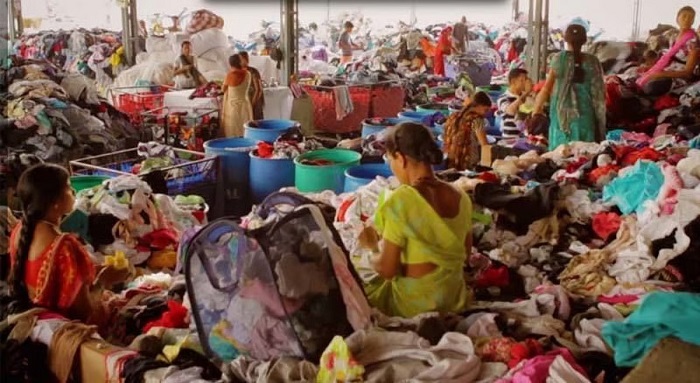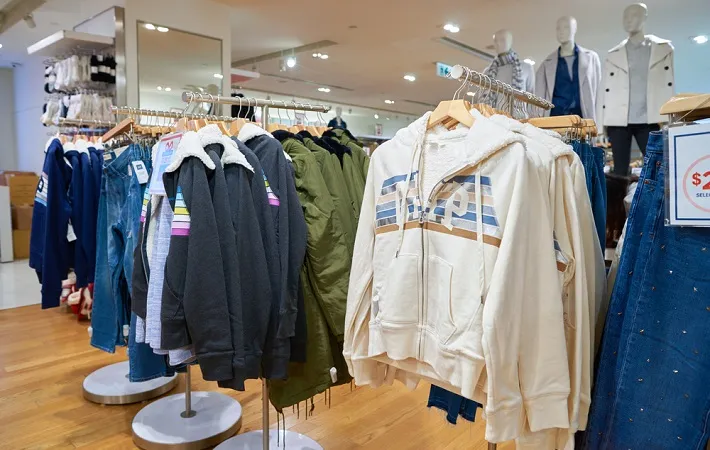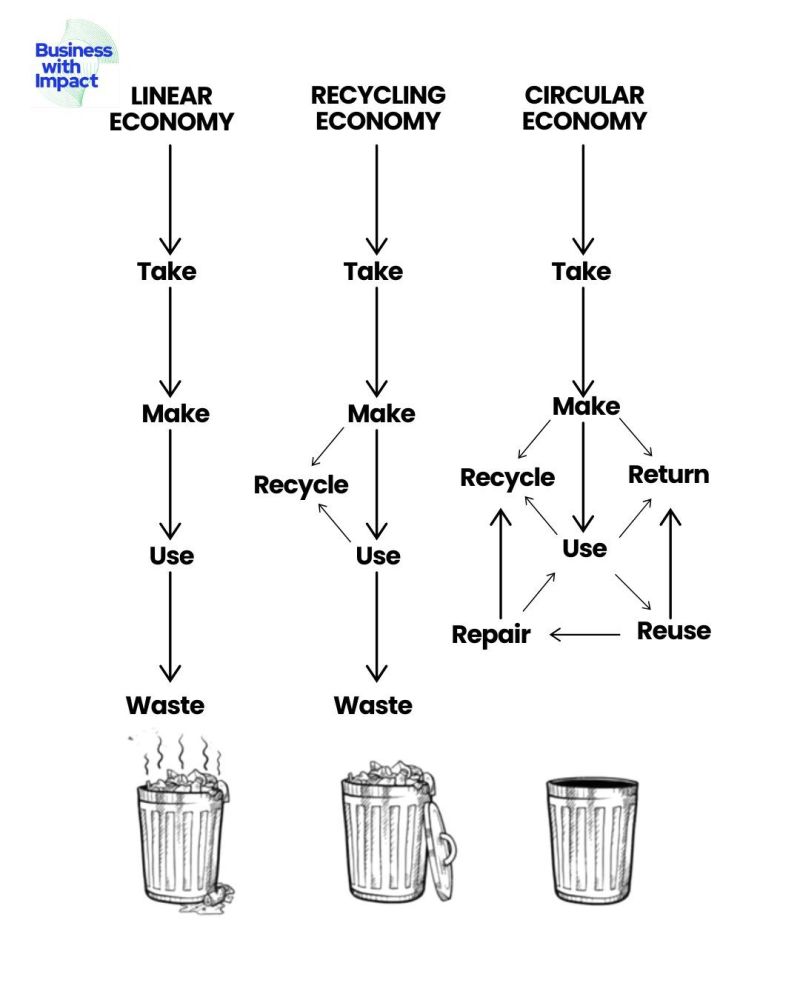 Growing economic uncertainty with ongoing pandemic has made apparel makers skeptical about unsold inventory. And to avoid future losses, they now prefer to make clothes only on pre-paid orders, says a Business of Fashion report. For example, Stòffa, a Manhattan-based producer of classic luxury menswear, which now makes garments only after they are paid for. This helps generate around 90 per cent of its revenue besides eliminating the risk of holding unsold inventory.
Growing economic uncertainty with ongoing pandemic has made apparel makers skeptical about unsold inventory. And to avoid future losses, they now prefer to make clothes only on pre-paid orders, says a Business of Fashion report. For example, Stòffa, a Manhattan-based producer of classic luxury menswear, which now makes garments only after they are paid for. This helps generate around 90 per cent of its revenue besides eliminating the risk of holding unsold inventory.
To build its business, Stoffa had to first establish a good relationship with Italian manufacturers and suppliers. Then, it had to build a client base through own network and trunk shows across cities. Finally, it had to hire and train sales people to help fit clients for garments in a convincing and authoritative way. As 90 per cent of products are made-to-measure, consumers are willing to wait for their orders to complete. However, this has slowed the company’s pace of annual growth. While in some years, it has grown by upto 70 per cent; in others, it has recorded just 25 to 30 per cent annual growth.
Pandemic worsens inventory issues
One of the biggest problems the fashion industry faces today is that excess inventory that costs the US around $50 billion a year, comments Haley Smith Recer, Retail Consultant. Pandemic-induced lockdowns and a recession in 2020 have left retailers with much more inventory than usual. However, it’s not just the unsold inventory that’s the problem, the costs associated with inventory is also an issue.
Haley Smith Recer, Retail Consultant. Pandemic-induced lockdowns and a recession in 2020 have left retailers with much more inventory than usual. However, it’s not just the unsold inventory that’s the problem, the costs associated with inventory is also an issue.
In a trend-driven sector like fashion, it is impossible to align supply with demand as the brand has to place bets on a product almost nine months before it hits the market. In the past, it was considered a good thing for a brand to have some excess inventory at the end of each season. However as the pressure for revenue grew over time, brands resorted to markdowns to drive volume.
Production softwares like PlatformE were introduced to smoothen logistical issues of made-to-order brands. The platform currently has 17 brands including Pyer Moss and Tucker. It allows designers to develop new products without betting their own cash on the end result.
Greater collaboration on components
Stanley Szeto, Executive Chairman, Lever Style points out, one of the biggest challenges in getting brands to convert to a lower-inventory model are the restrictions on fabrics. Viewing factories as partners can help brands negotiate better rates on materials. John Thorbeck, Chairman, Chainge Capital advises brands to collaborate and cooperate on the components required for finished goods to create flexibility, which in turn creates value to be shared among partners.
Katie Demo, Chief Executive, Brass’ factory in China has adapted to brand’s need for inventory. It plans to sell a certain number of units each year. For this, they first determine inventory requirement at the beginning of the year. The brand pays more per piece than ordered everything in advance, but it’s worthwhile if more garments are sold at full price.
Shan Reddy, Financial Consultants, advises brands to rethink the base of their production. This can help local manufacturers turn things around quickly. Indeed the pandemic offers brands an opportunity to rejigger operations.











